The monastic site at Carrowmore near Culdaff, with two ancient High Crosses, was surveyed by University of Sunderland this week. Using magnetometry, which is a non-invasive surface mapping procedure, the team searched for soil activity below the surface. A circular enclosure or ditch encompassing the crosses was discovered with a circumference of 125 metres, and a defined entrance. Part of the ditch is above ground on the north side of the site. Several possibilites emerge:
1. The enclosure could be part of an ancient pre-historic fort and the monastery was situated within this space. The location is a major archaeological site with a stone circle, two megalithic tombs, a souterrain and a double-ringed earthen fort in the vicinity. The fort had a dwelling of which no trace exists. The combined sites, which are within a few square miles of each other, represent some of the richest archaeological treasures in Europe. It is not a coincidence that the Culdaff river, once a rich source of salmon, flows through the landscape. Other minor sites include Queen Maeve’s Cairn, the Crown field, a Mass rock, holy wells and inscribed stones. Stepping stones that linked that linked the two monasteries no longer exist.
2 The enclosure is part of nucleated settlement which continued from earliest times, through the monastic era, the Plantation, the growth of clachans and modern times.
3 It is fair to conclude that there is a connection between the ancient sites and the enclosure.
4. The enclosure or ditch which has been discovered clearly defines for the first time the precise layout of the Sanctuary of the monastery, within which monastic rule was paramount. Monks were not bound by the strict monastic rules once outside. Colmcille insisted on the sacredness of the concept of the Sanctuary particularly in Iona. For example, he punished those who violated it when they killed an animal within the precincts; he broke the knife they used into pieces.
5 The site at Carrowmore is of interest to all families with Inishowen connections because our ancestors travelled from all corners of the peninsula to bury their dead here. For example, according to folklore, funerals coming from Clonmany rested at a designated place at Carndonagh overnight before forming the final procession to Carrowmore. At the monastic site at Fahan, the leading families vied with each other to bury the dead as close as possible to the Cross of St. Mura.
6. The folklore of the sites is no less interesting. One story relates how a monk from Cloncha left his breviary behind at Carrowmore and wished to have it returned. It happened that a crowd of monks was walking in single file back to Cloncha. A request was sent to the monk at the head of the procession to have the breviary returned. There were so many monks that it was possible to pass the prayer book back from one monk to the other until it arrived with its owner. Part of this causeway or path was discovered by turf cutters some years ago
7. The monastery produced monks who became Abbots of Derry. In 850 the Annals of the Four Masters refer to the site as Both-Chonais, the hut of Conas. The abbot was called Ceann-faeladh, a wise man and son of Ultan. St. Ultan’s well and cross can be seen at Falmore. In his Acta Sanctorum Hiberniae, John Colgan describes the site as follows:
“Fuit olim magnum et celebre monasterium Dioecesis Derensis . Hodie locus prophenatus est et in vicinia asservantur, apud viros pios multi libri isrius loci St Moelisae” – a great and celebrated monastery and library in the Diocese of Derry. Editors of the Annals of the Four Masters incorrectly referred to the site as Templemoyle.
In 887, the lay head of the monastery died; his name was Dubhdabhoireann, which may be translated as Black Devenney or Davern or Doran. As lay head, otherwise known as herenagh, he was in fact the administrator of the monastery and therefore was highly respected. He had certain rights and held up to sixty acres of land owned by the monastery. The family had rights of succession and therefore could be regarded as a type of minor royal family. By 1049, the Deveneny family died out and the Ua hUails were named as herenaghs. In that year, Tuathal Ua hUail died. The name was anglicised as Howell but it could also be a corruption of McFaul, the family associated with Carraigabraghy Castle in the Isle of Doagh. The interesting fact about this information is that the monastery was fully functioning in the twelfth century. Its reputation was such that two of the herenaghs were documented in the Annals of the Four Masters, published four centuries later.\
The best known monk from Carrowmore was Mael Iosa O Brolchain, who wrote the famous hymn Deus Meus, Adiuva Me. He was also a scientist, linguist and poet. He died in 1086. He had a son who was a monastic lector and died of plague in 1059. In 1150, Flaithbertach O Brolchain, abbot of Derry, visited Inishowen and received tribute from the people of horses and cattle, together with a ring and battledress from the King of Aileach. A great church builder, he demolished eighty houses in Derry to create a sanctuary for the monastery. In 1164 he started work on the Tempeall Mor, or Great Church in Derry.
The importance of the monastic site at Cloncha, a few hundred metres away, can be measured from a letter in the Vatican Library in Rome dated 12 May 1492 in which the Pope intervenes in a dispute over the rights to the fruits of the vicarage. He directed that the fruits of the vicarage should be devolved on the church at Raphoe for the purpose of creating a canonry in the name of David O’Moran, a deacon of Raphoe. By the medieval period the great monastic era was fading and Rome was asserting its authority over a universal church.
Interest has been shown in the discovery by 360 Productions, which filmed DIG WW2 for the BBC and the successful Timewatch series. We must acknowledge the work of Max Adams, Colm O’Brien, Cowan Duff and the team at the NE Centre for Lifelong Learning for their dedication, commitment and professionalism. Their research is part of the Lough Swilly Hinterland Project which aims to uncover the landscapes that are part of the European ecclesiastical superhighway. The Carrowmore site is linked to other Donegal sites, Iona, Lindisfarne and central Europe. Local landowners deserve our sincere thanks for their cooperation. Fr. McGonagle PP, Bocan gave the group access to the tenth century Bell of St. Boden which is in the care of the parish. Faller Jewellers of Derry have recently designed a new range of silverware in the form of crosses based on the six crosses in the peninsula and the Cloncha Gallowglass stone (see earlier post on this subject). For more background information, see the work of Magtochair, William O’Doherty, Brian Bonner, Mabel Colhoun, Brian Lacey and Harry Swan. Back issues of Donegal Annual may be consulted at www.donegalhistory.com which lists the titles of all articles written since 1947, the most recent being by Brian Lacey of the Discovery Programme (see Donegal Annual No. 61, 2009 in Carndonagh library). The research team may be contacted at bernicianstudies@yahoo.co.uk. And why not visit Carrowmore and simply meditate for a short period. Signage remains a problem. Travelling from Moville to Carndonagh, watch out for the sign “Carrow” which points to the site. (It should of course read Carrowmore but someone was in a hurry.) Both RTE News and the Irish Independent (Monday, 3 September 2012) have highlighted this important discovery. Further updates may be found online at the Independent News site. At this time, it is important to note the cooperation of Harry Molloy and Danny Green (Goorey Fort) who act as unpaid caretakers of the monuments.
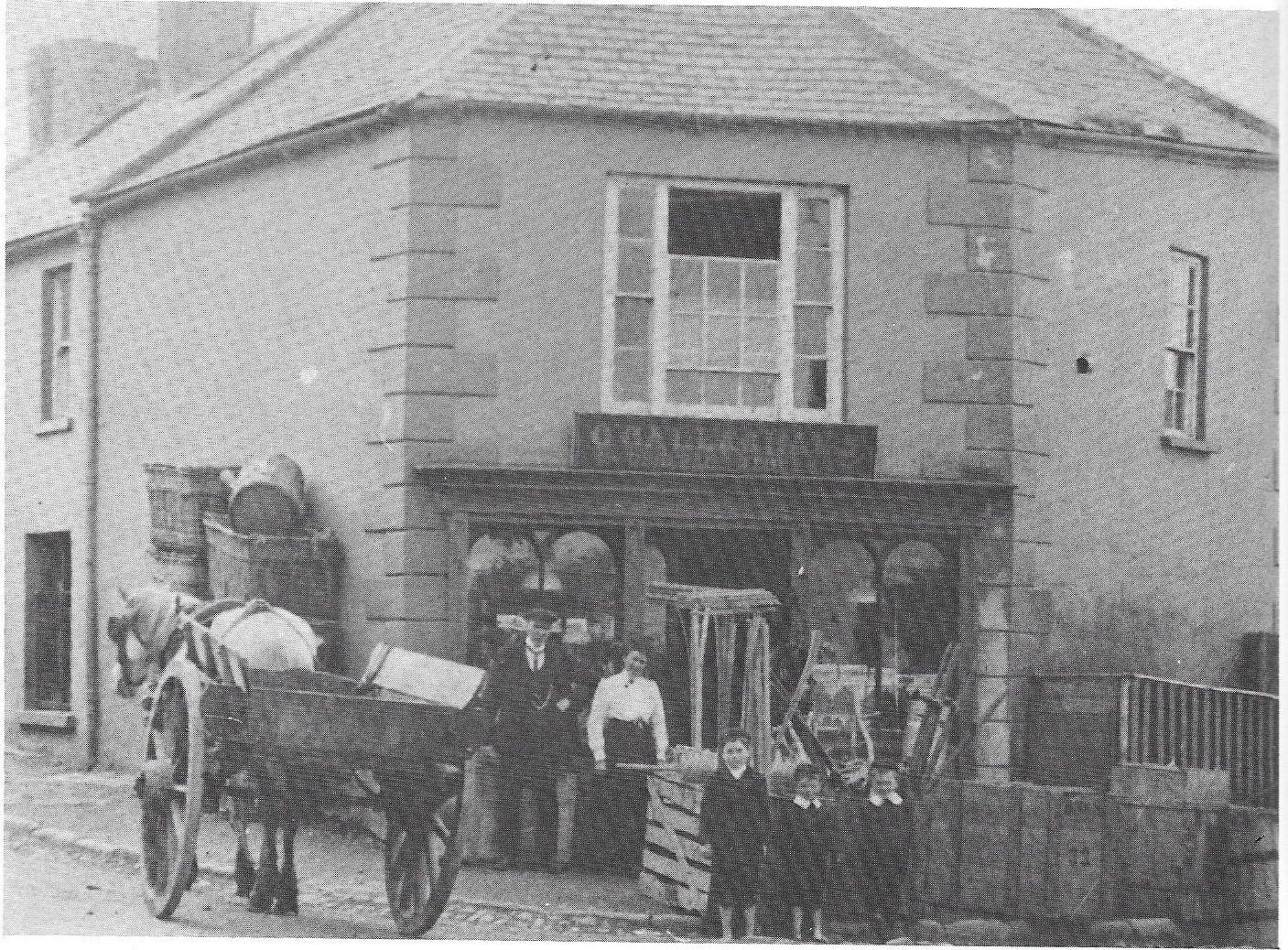
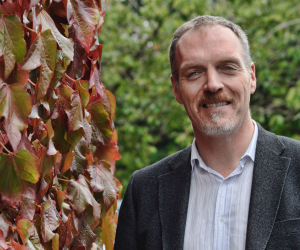

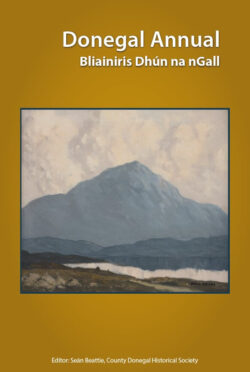
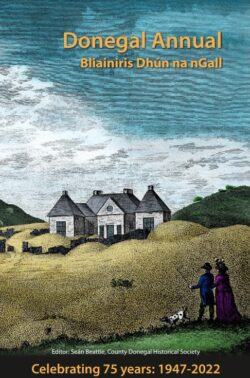
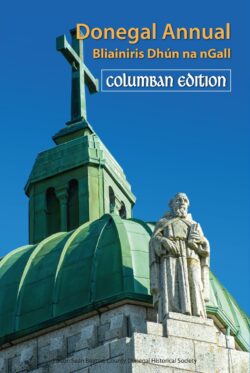
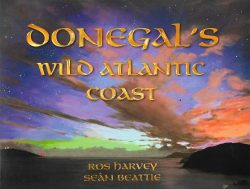

Colm O'Brien
We’re delighted with the results we obtained and we owe much to the help which Sean has given us. We will be writing a report on the work during October (first we have to catch up with preparations for a new teaching year) and we will circulate this as widely as we can. I hope that we will be able to follow up with further investigations next year. One thing which our recent work establishes beyond any doubt is the efficacy of our investigation methods. If we can bring these to play elsewhere, we will be delighted. For news of our activities, see our blog bernician-studies-group.blogspot.co.uk